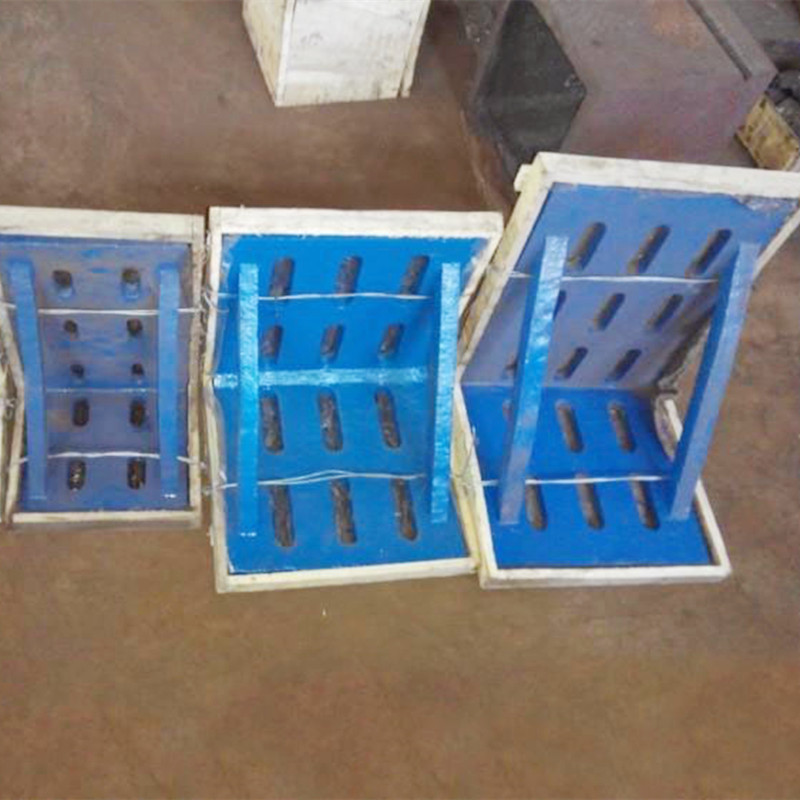Dec . 06, 2024 08:40 Back to list
Precision Thread Gauges for Accurate Measurement and Quality Control in Engineering Applications
Understanding Precision Thread Gauges A Comprehensive Guide
Precision thread gauges play an essential role in ensuring the quality and reliability of threaded components in various manufacturing industries. These specialized instruments measure the size, angle, and form of threads on bolts, screws, and other fasteners, ensuring they meet stringent specifications and standards. In this article, we'll delve into the significance of precision thread gauges, their types, and best practices for their effective application.
Importance of Precision Thread Gauges
In the manufacturing world, the integrity of threaded fasteners is crucial. Poorly threaded components can lead to assembly issues, structural failures, and safety hazards. Precision thread gauges help maintain high manufacturing standards by verifying the dimensional accuracy of threads. They assist engineers in ensuring that threaded parts fit correctly, function smoothly, and are capable of withstanding mechanical stresses without failure.
Quality control is a vital aspect of any production line, and these gauges help streamline the inspection process. By utilizing precision thread gauges, manufacturers can identify and rectify defects early in the production cycle. This not only reduces waste and saves money but also enhances the overall quality of the final product.
Types of Precision Thread Gauges
There are various types of precision thread gauges, each designed for specific applications and measuring requirements. The most common types include
1. Go/No-Go Gauges These are used to quickly determine whether a threaded component falls within acceptable dimensional limits. A 'Go' gauge ensures that the thread fits correctly, while a 'No-Go' gauge confirms that the thread is not oversized.
2. Thread Plug Gauges These gauges are inserted into a female threaded hole and are used to check the internal threads of a component. They help ensure that the threads are well-formed and meet the required specifications.
3. Thread Ring Gauges Conversely, thread ring gauges are used for measuring external threads, such as those found on bolts. Like plug gauges, these help verify that the external threads meet the necessary tolerances.
precision thread gauges

4. Thread Profilers These sophisticated devices analyze the thread's profile, ensuring that the angle and form are within specified limits. They are particularly useful for high-precision applications where minute differences can significantly impact performance.
Best Practices for Using Precision Thread Gauges
To obtain accurate measurements, it's essential to follow best practices when using precision thread gauges
1. Calibration Regular calibration of gauges is vital to ensure their accuracy. Manufacturers should adhere to a defined calibration schedule based on the gauge's usage frequency.
2. Proper Handling Thread gauges should be handled carefully to prevent damage. Contamination from dirt or oil can lead to erroneous measurements, so it's essential to keep gauges clean and store them in protective cases when not in use.
3. Correct Instrument Selection Selecting the appropriate gauge type based on the specific threaded component is vital. Using the wrong gauge can yield misleading results, affecting the quality of the entire production process.
4. Training Staff responsible for using precision thread gauges should be adequately trained to understand how to read gauges accurately and interpret the results correctly.
5. Documentation Keeping comprehensive records of measurements taken using thread gauges can help identify trends over time, highlighting any recurring issues in the production line.
Conclusion
Precision thread gauges are indispensable tools in the realm of manufacturing, providing an effective means of ensuring that threaded components meet the high standards required for various applications. By understanding their importance, familiarizing oneself with different types, and following best practices, manufacturers can significantly enhance the quality of their products, ultimately leading to greater customer satisfaction and safety.
-
Precision Manufacturing with Advanced Spline Gauge DesignNewsJul.31,2025
-
Industrial-Grade Calibrated Pin Gauges for Exact MeasurementsNewsJul.31,2025
-
Industrial Filtration Systems Depend on Quality Filter DN50 SolutionsNewsJul.31,2025
-
High-Performance Gate Valve WholesaleNewsJul.31,2025
-
Granite Surface Plate The Ultimate Solution for Precision MeasurementNewsJul.31,2025
-
Granite Industrial Tools The Ultimate Guide for Bulk BuyersNewsJul.31,2025
Related PRODUCTS









